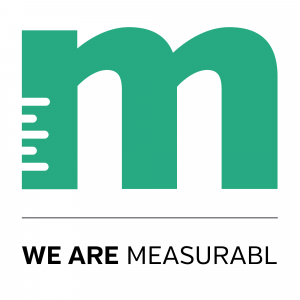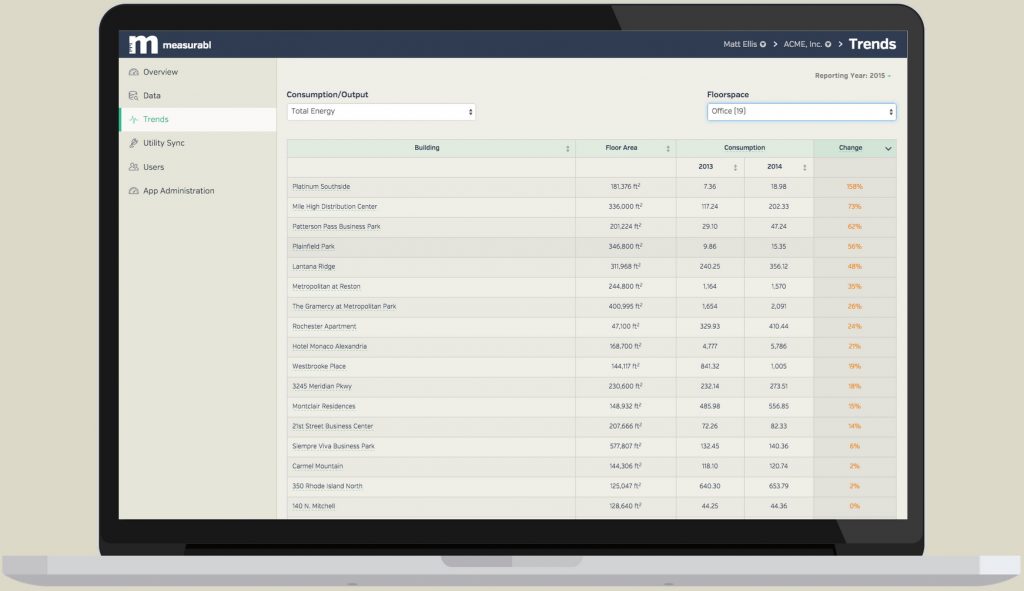GRESB and CDP reporting periods both expire June 30 this year. If you’re like most companies, you’ve deferred to the last moment and now feel the anxiety that comes with wondering if you’re truly prepared.
Don’t worry, Measurabl has seen it all in its years as the leading sustainability reporting software. Even if you haven’t started at all (yes, it’s possible) these 3 tricks will ensure you successfully complete GRESB and/or CDP within 30 days. If you’re already close to the goal line, they’ll help you re-confirm you’re ready to break the tape. Explore our top tips for accurate sustainability reporting.
TRICK #1. SANITY CHECK YOUR DATA
A professional sustainability report requires well curated, financial-grade data capable of withstanding the scrutiny of auditors, investors, and inquisitive stakeholders. It all starts with a basic sanity check on your underlying data. Since real estate data comprises the overwhelming bulk of most companies’ emissions, that means starting with raw, meter-level data to ensure it’s accurate, verifiable and defensible before it’s aggregated into asset- and portfolio-level form and sent to GRESB/CDP. For most companies, this is the hardest part of reporting season.
The good news is there’s a couple simple ways to do a sanity check. The easiest plug-and-play option is to automate the process using Measurabl’s Utility Sync service. This feature allows you to pull utility data directly from your utility providers and cleans out irregularities such as gaps and overlaps in utility data automatically. Contact us to activate this feature.
The fall back option is to take meter-level data directly from ENERGY STAR or your third party data provider, put it into a spreadsheet, and screen for zeros and blanks. A zero marks the presence of a gap or overlap that was artificially filled to create continuity in data. This is OK for small gaps less than 3 days, but for larger gaps you need to average surrounding data to get to a normalized reading for the zeroed-out period. If the gap is bigger than 60 days, you should check with your data provider on the cause and, for GRESB, make sure exclude the building from the like-for-like component of the report. If you spot blanks, the same approach holds.
This methodology is the foundation of a defensible sustainability report and, with more than 25% of GRESB scoring tied up in performance data and a comparable amount in CDP, it’s imperative this component of your report is rock solid.
TRICK #2. GET HELP
Before you scouring the web or 150 plus pages of guidance documentation for help with this year’s report, use the expert resources already at your disposal.
TRICK #3: SET INVESTOR EXPECTATIONS

Your investors and stakeholders will not understand the ins and outs of how GRESB’s awards its “Green Star” or how CDP calculates its “Performance Score”, so a lot of questions can occur if your company doesn’t perform “well” on these subjective benchmarks. Head off these questions by taking the lead to educate stakeholders on what these scores mean before they form their own opinion. Start by explaining the GRESB and CDP are sustainability reporting surveys that seek to measure the sustainability performance of companies but that there is a wide array of data quality out there that can skew the results. They can rest assured, though, that your data has been audited by Measurabl and is of the highest quality.
To drive this point home, Measurabl users are entitled to use the “We Are Measurabl” mark as an stamp of quality of their sustainability data collection and reporting methods. Put this mark on your buildings, post it in building lobbies or place it on your website to give stakeholders confidence in the quality of your sustainability performance. Contact us to learn more about using the “We Are Measurabl” mark to promote your sustainability program.
Still have some lingering questions on whether you should include major renovations and new construction in your GRESB report, or what to include/exclude from like-for-like? Read expert answers to common questions on GRESB in this bonus blog.

